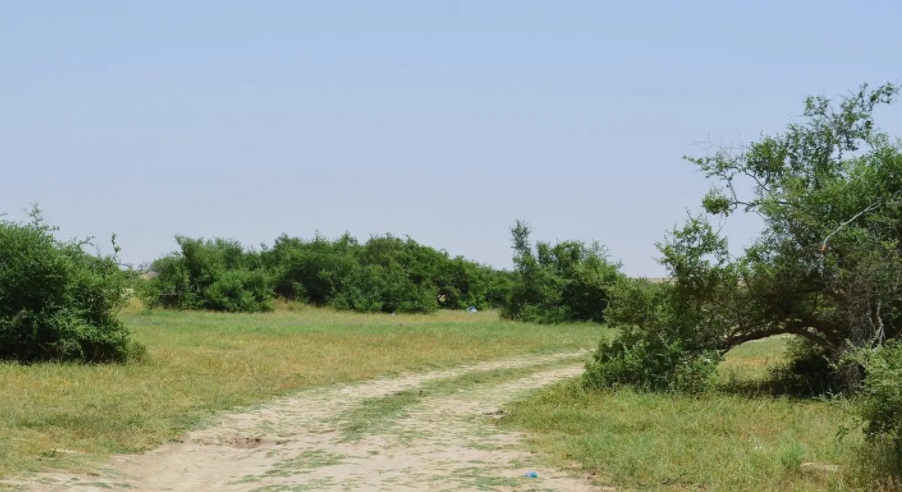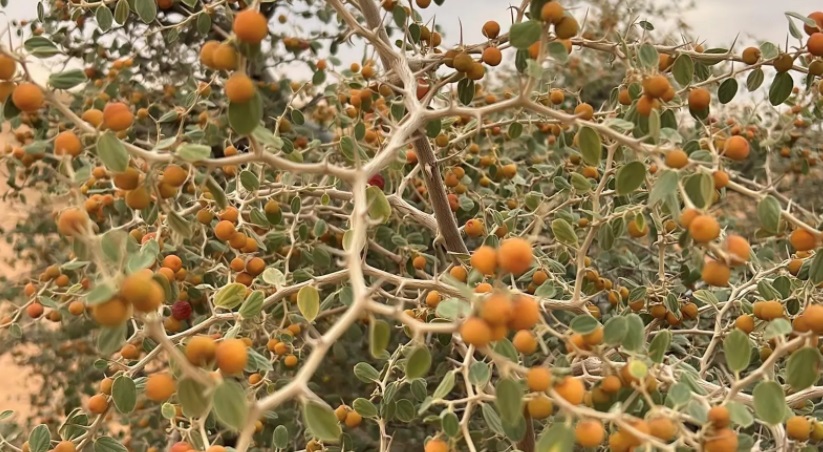A remarkable transformation is taking place in Saudi Arabia’s desert landscape, where ancient tree species are making a powerful comeback at the Imam Turki Bin Abdullah Royal Nature Reserve. New studies show three resilient tree species – talh, sidr, and arta – are flourishing across the reserve, painting a promising picture for the Kingdom’s biodiversity efforts.
These Aren’t Just Trees
Each species tells a unique story of survival and adaptation. The talh tree stands as the desert’s natural survivor. Rising from the sandy plains of northern Saudi Arabia, these distinctive trees do more than provide shade – they’re lifelines for the region’s endangered wildlife. From gazelles seeking shelter to bees producing premium honey, the talh creates its own ecosystem in the heart of the desert.


Equally impressive is the sidr, an evergreen marvel that Arabs have treasured for generations. Its sweet fruits and medicinal properties have earned it a special place in both cultural practices and conservation efforts. Local beekeepers particularly value these trees, as they’re crucial for producing some of the region’s most sought-after honey.


Meanwhile, the arta tree showcases nature’s ingenuity. This hardy species doesn’t just survive in the desert – it thrives, creating vital habitats for Arabian oryx and other wildlife. Traditionally used in leather tanning and local cuisine, the arta represents the delicate balance between human heritage and environmental preservation.
The reserve‘s success story sends a clear message: with proper protection, even the harshest desert environments can transform into thriving ecosystems. As climate challenges mount globally, this green revival offers valuable lessons in conservation and hope for similar initiatives worldwide.


